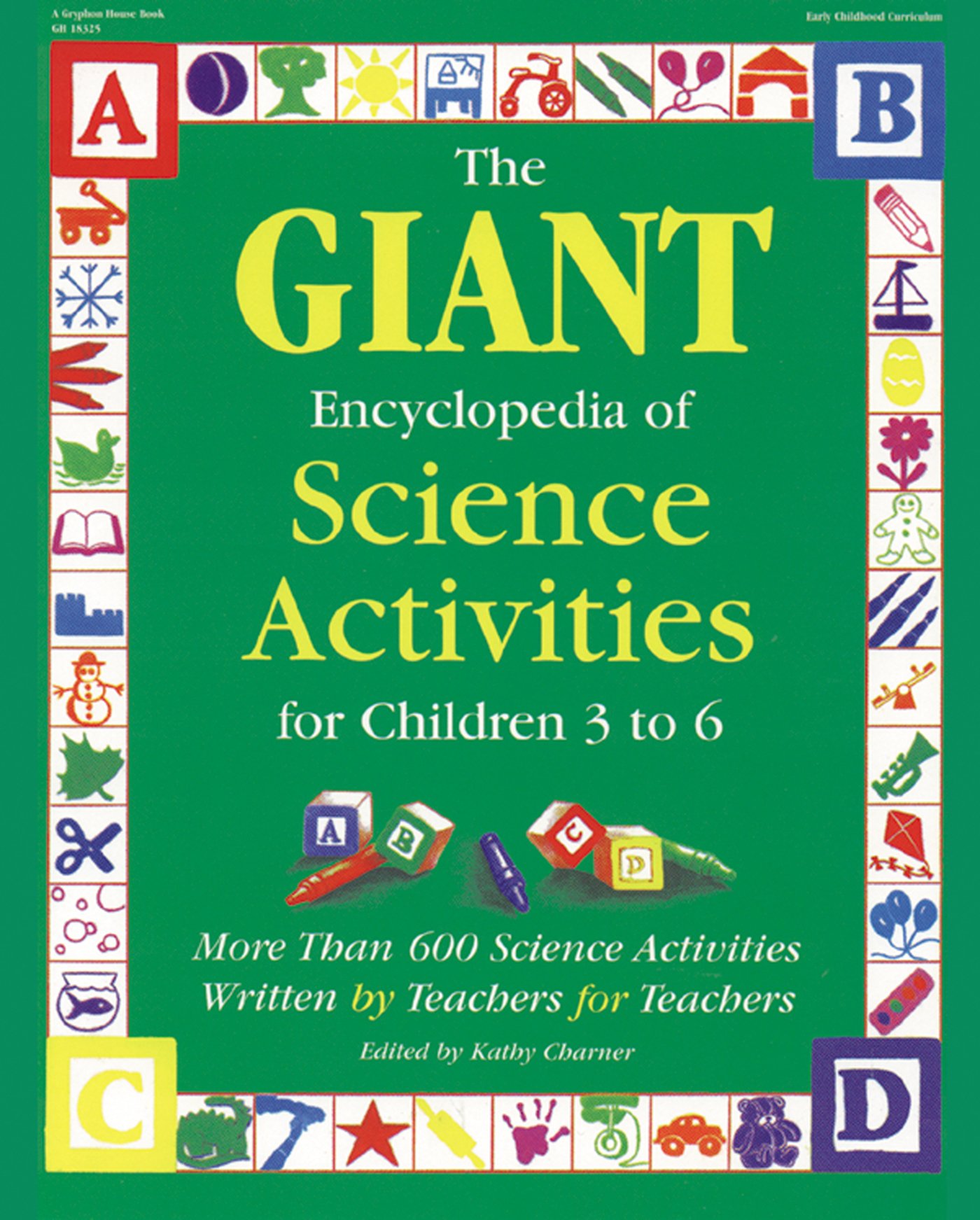Materials
A small clear plastic cup for each child
Potting soil
Flower or vegetable seeds Magnifying glasses
Index cards Water, air and sunshine
Poster board and markers
Instructions
1. Show the children how to fill their plastic cups about half full with potting soil.
2. Ask the children each to choose two or three seeds to plant in their cups. Give each child a magnifying glass so they may examine their seeds closely. Encourage them to notice details about the seeds and how they are the same or different. Let them draw pictures of their seeds on an index card. Keep the cards for later use. Post one child's representational drawing in the science area near your the cups. Print a large number 1 on another index card and post it next to the drawing.
3. Plant the seeds in the cups, and water them just enough to thoroughly wet the soil. Remind the children not to use too much water or their seeds will not sprout. Ask the children to draw a picture of the seeds in the cup. Keep these pictures for later use and post one under the seed picture in your science area, and put a large number 2 next to it.
4. Discuss how to care for the seeds. What do they need in order to sprout and grow properly? Make a poster about caring for your plants.
5. Care for the seeds until they sprout. Examine the new sprouts closely with a magnifying glass. Be sure to point out the developing root system, which may be visible through the clear plastic. Ask the children what they think has happened to the seed. Discuss the changes the seeds went through. If you have a Peabody Picture set, show the set that depicts the development of a seed. Explain how the water, sun and air combined to give the seed the right conditions to sprout into a plant. Encourage the children to draw a picture of their newly sprouted seedlings and put this with their other pictures. Post one drawing in the science area under the previous picture and a large number 3 next to it.
6. The children can now begin to use their index cards to order the stages of a plant's life cycle. Have them take out their cards and mix them up. Discuss how the plant looked when you first got it as a seed, and let them find their picture of the seed. Next discuss how you put the seed in the potting soil and gave it water, air and sunshine. The children can place their picture of the seed in the cup next to the first picture. Discuss what their plant lookedlike after it had sprouted, and let them place the drawing of the sprouted plant next to the second picture.
7. Care for the plants until they mature. When they have fully matured, the children can examine them closely again, using the magnifying glass if they wish. Encourage them to notice and describe how the plant has changed. Talk about ways in which the plant looks the same (it is still green, it still has leaves) and how it is different (it is taller, it has more leaves, it might have a flower or be producing some type of vegetable). The children can draw a pictureof their mature plants. Add it to the previous drawings. Post one drawing in the science area under the previous ones with a large number 4 next to it.
8. Ask the children to use their cards again to correctly order the stages of a plant's development. Help them remember the various stages by asking open-ended questions such as, "What did your plant look like at first?" "What did you give the seed to help it sprout?" and "How did the seed change after you planted it?" Review the pictures posted in the science area and discuss each stage of the plant's development again.
9. The children may take home their sprouted plants, or you may want to create a class garden (see More to do, below).More to doMore science: You can create a garden in the playground area either by digging up a small portion of ground or by using containers. Help the children carefully transplant their plants from the cups to the garden. They can make markers with their names on them to help them identify their own plants (remember to laminate the markers since they will be out in the weather). You could add a Garden Helper position to your classroom Helper Chart and assign one child per week to water the garden. * Discuss how the fruits and vegetables grown in gardens all over the world help us to live and be healthy and strong. Are there other creatures that benefit from a garden? Find out! Dig into your garden, once it is well established, and collect the dirt in a small container. Use your microscope or magnifiers to look for living things. What did you find there? Bugs and slugs and crawly things? Make a list of the bugs you discover and then return them to the garden. * Keep a weekly journal about the development of the children's plants. Each week the children can draw a picture of their plants and dictate a sentence describing the changes noted that week. Create a cover, bind the pictures together into a book and you have a Little Gardener's Journal!
